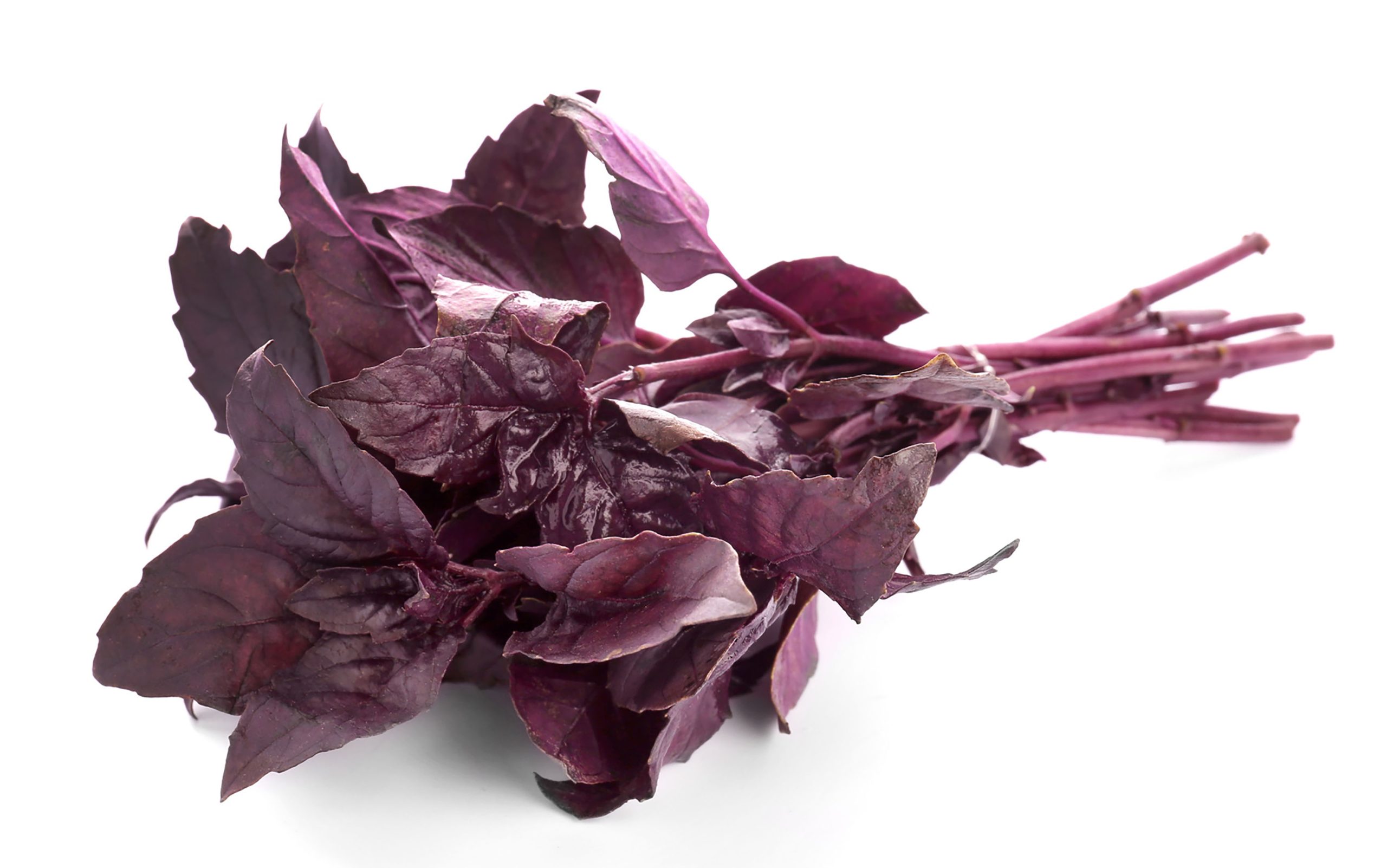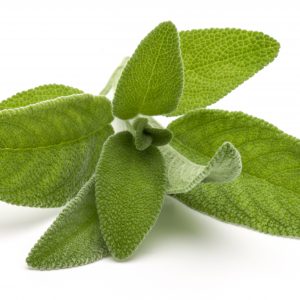Seasons/Availability
Opal basil is available year-round.
In cooler climates, dark purple basil will grow as an annual in the spring and summer months. The peak season for Opal basil is generally from May through September.
Storage/Preservation
Opal basil should be stored unwashed in a sealed plastic bag in the refrigerator. When properly stored, fresh Opal basil can last up to one week. The leaves are also suitable for drying or freezing if desired. To preserve flavor and color, it is best to use quick-cooling cooking methods such as blanching or stir-frying when using frozen or dried leaves.
Uses
Opal basil has a sweet, savory, and earthy taste that pairs well with many foods. It can be used in a variety of cuisines, such as Thai, Indian, Italian, and Mediterranean dishes. The leaves are commonly chopped or minced and used to add flavor to soups, salads, sauces, marinades, dressings, and pesto. Opal basil also pairs well with tomatoes—its anise-like notes complement the acidic sweetness in tomato-based dishes. In addition to being used for culinary purposes, the leaves can be made into herbal tea and infused oils. The flowers are edible as well and make a lovely garnish on drinks or desserts.
Nutritional Value
Opal basil contains vitamins A and C as well as minerals like calcium and iron. It is low in calories, cholesterol-free, and a good source of dietary fiber. Additionally, the basil contains various phytochemicals such as eugenol and rosmarinic acid which have antioxidant and anti-inflammatory properties.
Preparation/Serving Tips
Opal basil should be washed thoroughly before use. The leaves can be chopped or torn prior to adding them to dishes for additional flavor. When serving raw, Opal basil retains its subtle sweetness when lightly dressed with oil and vinegar or lemon juice. For recipes that call for cooked Opal basil, it is best to add the leaves near the end of cooking in order to retain their color and flavor.





